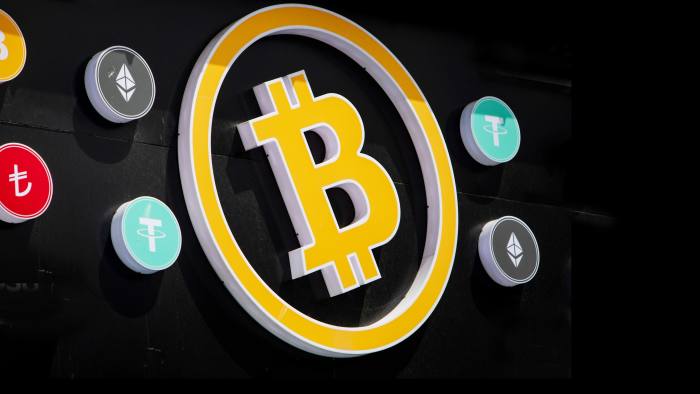 The second week of May witnessed a fresh downward twist in the decline of cryptocurrencies since the autumn.
The second week of May witnessed a fresh downward twist in the decline of cryptocurrencies since the autumn.
On 12 May, the combined market value of all cryptocurrencies was reported to be $1.12trn. That’s about a third of the figure last November.
More than 35 per cent of that loss happened since 10 May.
One Bitcoin is now worth about $27,000, its lowest value since December 2020 and down from a high of nearly $70,000 late last year.
Ethereum, the second largest coin by value, lost 20 per cent of its value in single day in the first half of May.
Cryptocurrency sceptics say this was wholly predictable.
Some believe it’s the end of the cryptocurrency dream which has been ruined by speculation and selfishness.
Yet, something profound is happening in global money and that’s reflected in the growing number of nations considering the introduction of official digital currencies.
Private crypto may be foundering, but the digital money revolution continues.
It’s perplexing, though there’s nothing new there.
Monetary theory is the most confusing branch of economics.
In a discipline where practically every concept is unmoored from empirical evidence and practical experience, monetary economics is almost impenetrably obscure.
Its problems are exposed by a simple question: what is money and why does it exist?
Before the printing press allowed banks to manufacture paper money, the first question was easily addressed.
It was gold and silver coinage. And it became money because gold and silver were durable, portable and easily valued (you tested its purity and weighed it). Because gold and silver could be smelted with almost no loss of mass, it was universally acceptable.
The invention of commodity money around 5,000 years ago was the first money revolution.
The second came when goldsmiths who made coins started issuing printed notes that could exchanged for gold and silver. The simplicity of the money system that prevailed for millennia came to an end, eliminated by the march of technical progress.
States which previously monopolised the minting of coins quickly took control of paper money manufacture. Governments spending more than they earned could print money to meet their obligations.
An idea made possible by technical change – the printing press — transformed economics. And a dichotomy that’s tormented theorists ever since was distilled: the tension between the real economy and the money one.
The second money revolution – the shift from commodity to fiat money – led to a further policy innovation: the acceptance of the gold standard as the underpinning to the global trading system.
But the rise of almost valueless pieces of paper that states and corporations could manufacture, buy and sell eventually destroyed the new system. The gold standard drowned in an ocean of paper and ended when the US permanently abandoned it in 1971.
The third revolution is again due to technological change, brought about by the adoption of computing technology by the banking industry from the late 1960s. Within two decades, its information systems, including the transfer and receipt of money, had been comprehensively digitised
Digital and crypto currencies – money in the form of electronic data with no physical characteristics or any connection with anything tangible — are generally believed to be the masters of the new money order.
In fact, it’s just the first phase of an unfinished process.
That will be completed when money as a medium of exchange is detached from its multi-millennial role as a store of value, a transformation which technology for the first time allows.
Money used purely to make and accept payments is now possible.
Money in a digitised form has no inherent value. It’s an intangible that is nevertheless profoundly influential in the way the written word is.
The full implications of digitisation will only become apparent when the institutions of the money system reflect the new possibilities that digital money will permit.
That will require the creation of national and global electronic payments systems connecting individuals, households, businesses and governments which are freely available to all. To deter hoarding of digital money, it will incur negative interest rates.
The final solution to the dilemmas created by the second money revolution – the diversion it facilitated between real and nominal values including inflation and financial asset booms and busts – will not be policies to control human action.
It will be a system that makes bad behaviour impossible.
That means there will be no need for central banks. The ideal electronic payments system will be controlled technically and probably automatically. Technology will guarantee its security and stability. Banks will no longer be required to make the payments system work.
Those wishing to accumulate wealth will of course be free to do so, but not by buying and holding electronic money. There are excellent alternatives; real estate, factories and securities. Advising people how to become wealthier will be banks’ sole role.
The ultimate logic of the third money revolution looks irresistible.
But, as ever, the forces of reaction led by the banking establishment are clinging to the power they exercise over money system. That’s never been good. Technology now means it’s entirely dispensable.